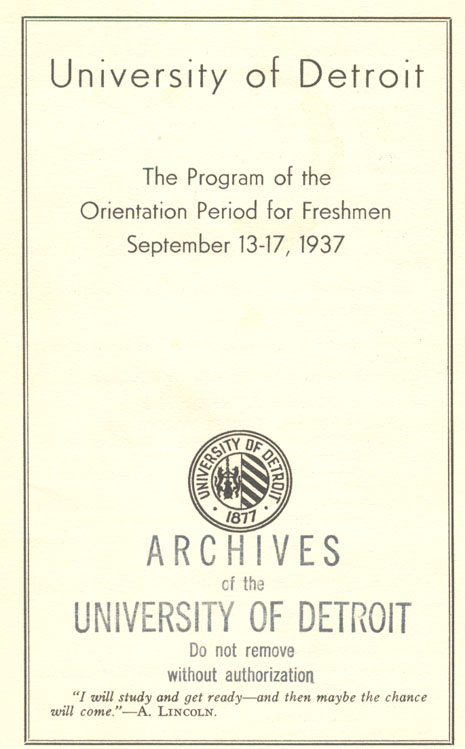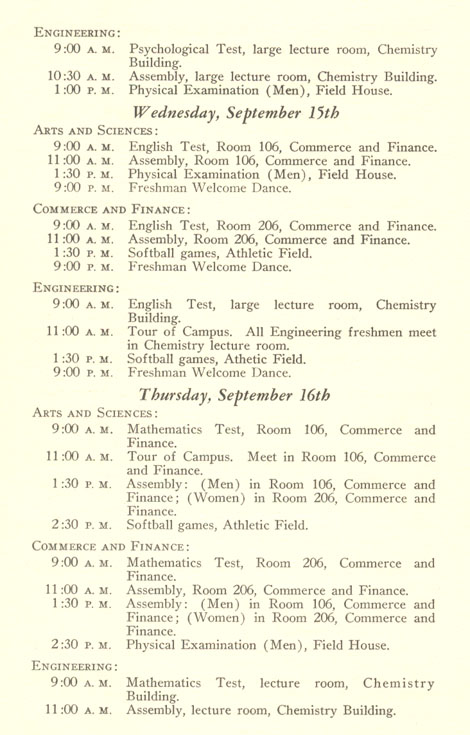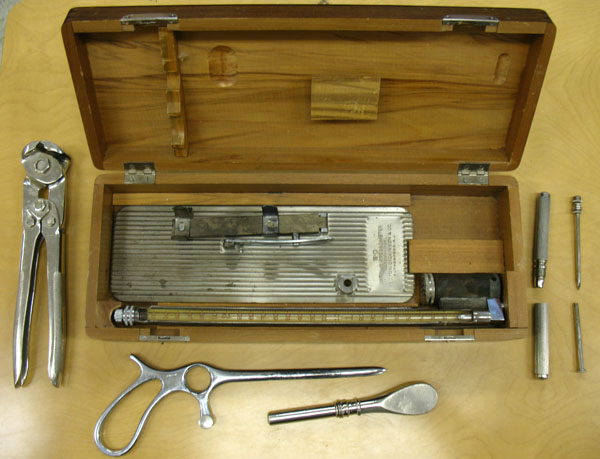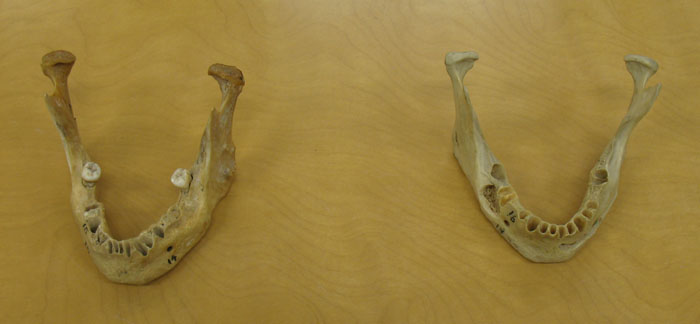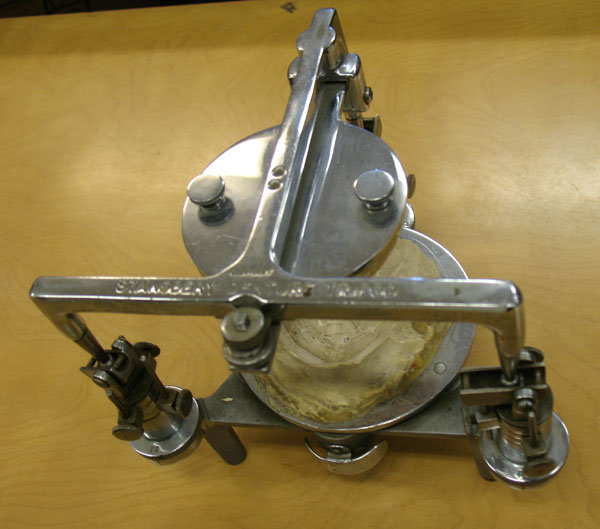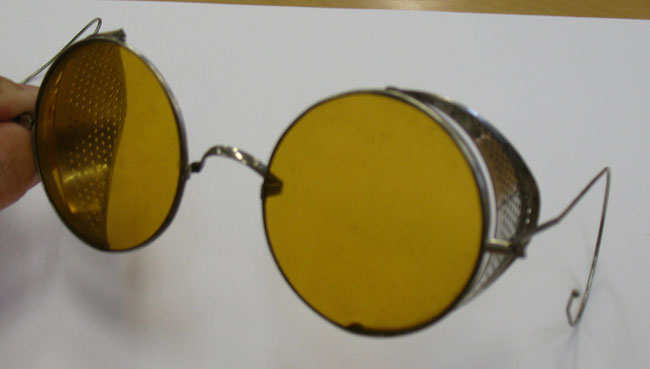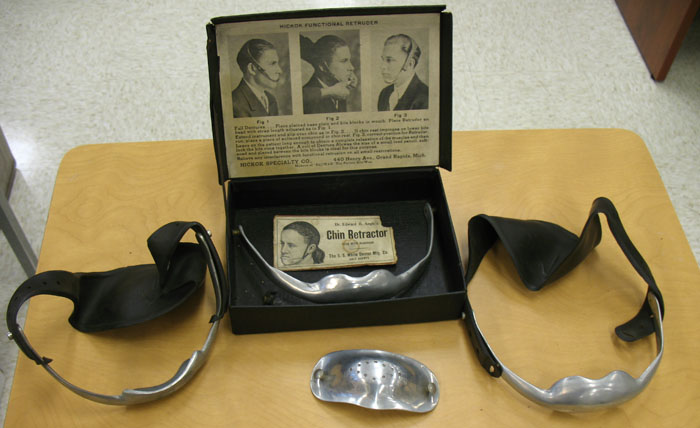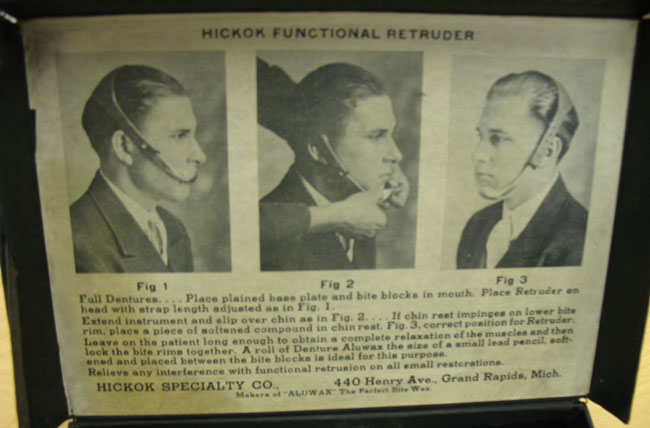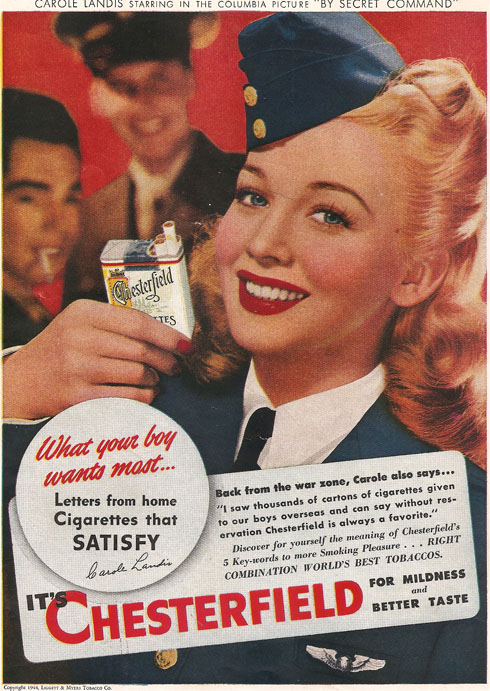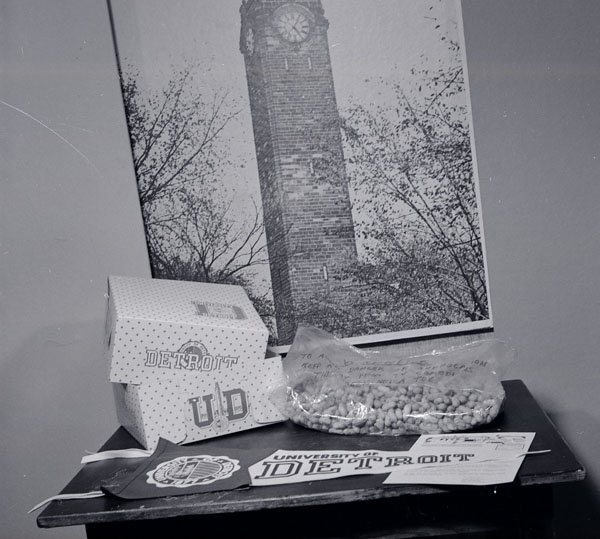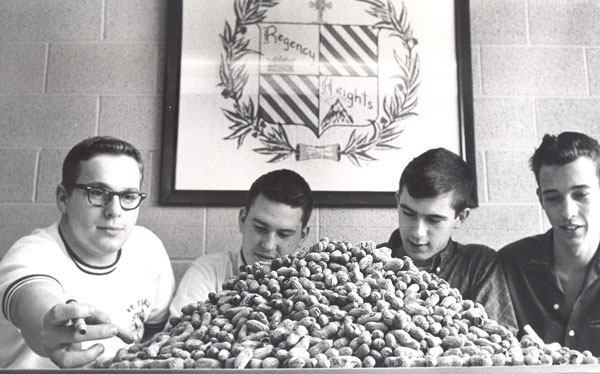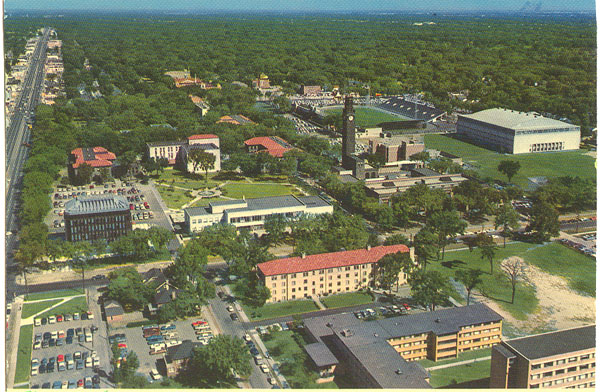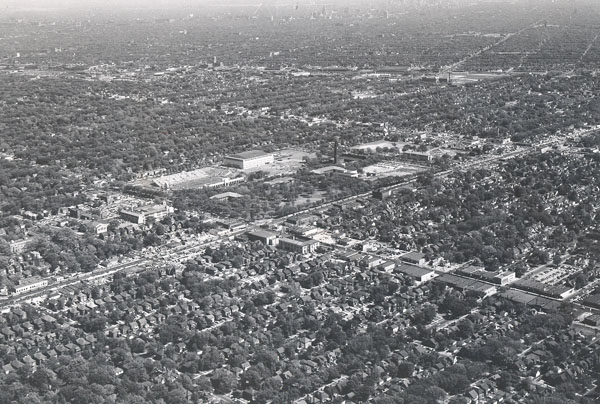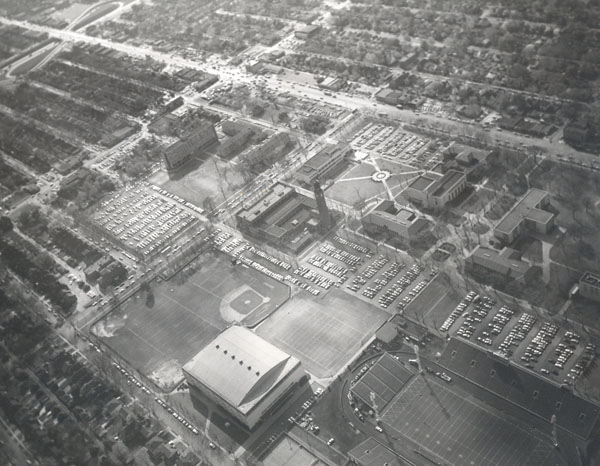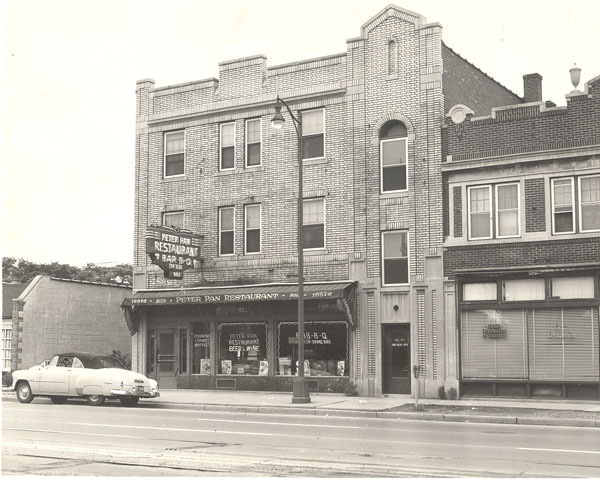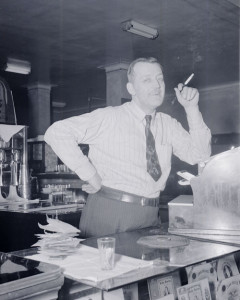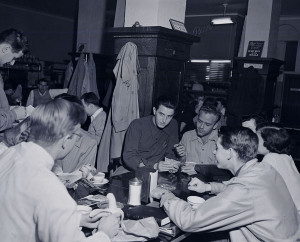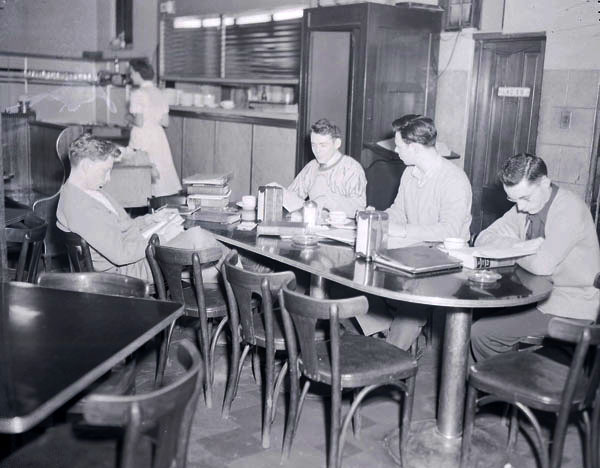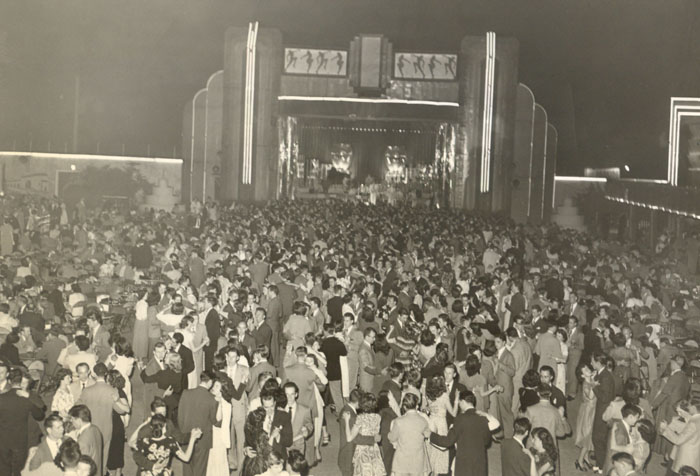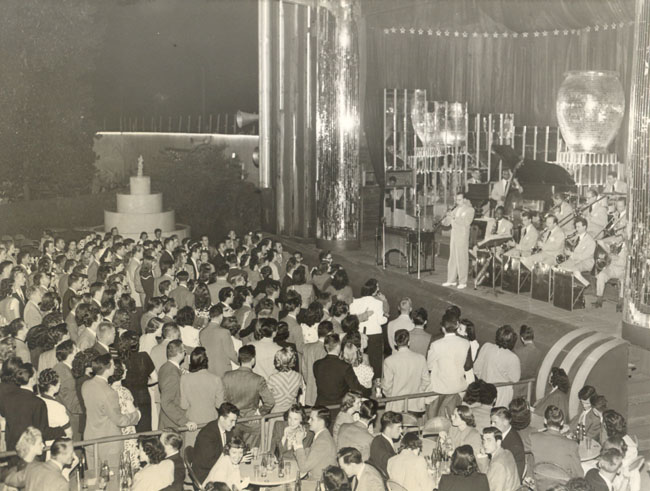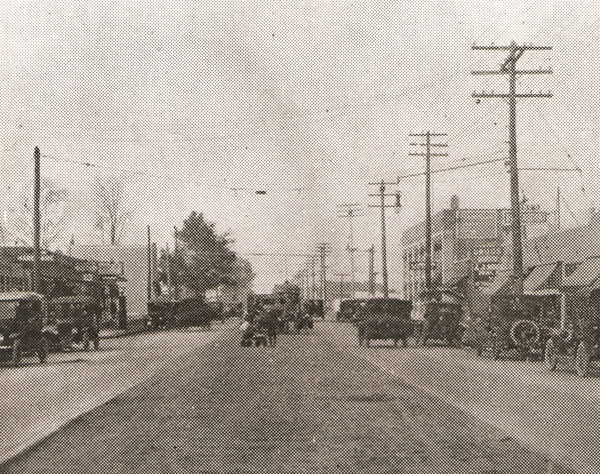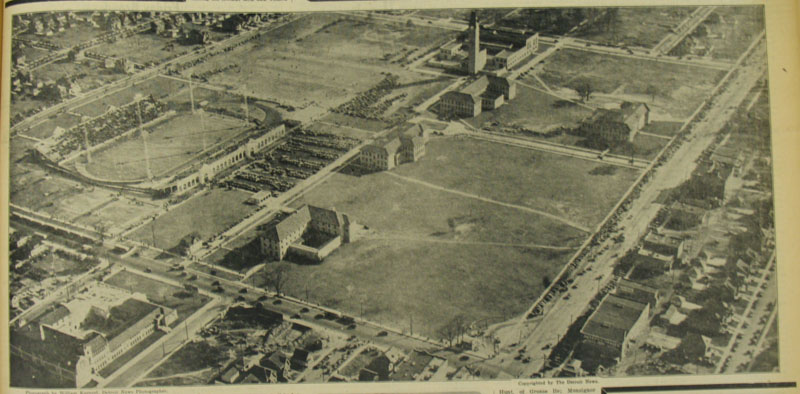“The name Alpha Mu Gamma is composed of the names of the initial Greek letters found in the phrase “Amphi Mouse Glosson,” meaning “For the Muse of Languages.” Alpha Mu Gamma was established at Los Angeles City College on April 29, 1931, by five members of the foreign language faculty who recognized the need for society to honor achievement in all languages at an early stage in the student’s career. The interest shown by other colleges inspired an almost immediate expansion into a national organization….In 1957 the National President of the Society persuaded President Eisenhower to proclaim National Foreign Language Week.. ” (From Alpha Mu Gamma Initiate brochure)
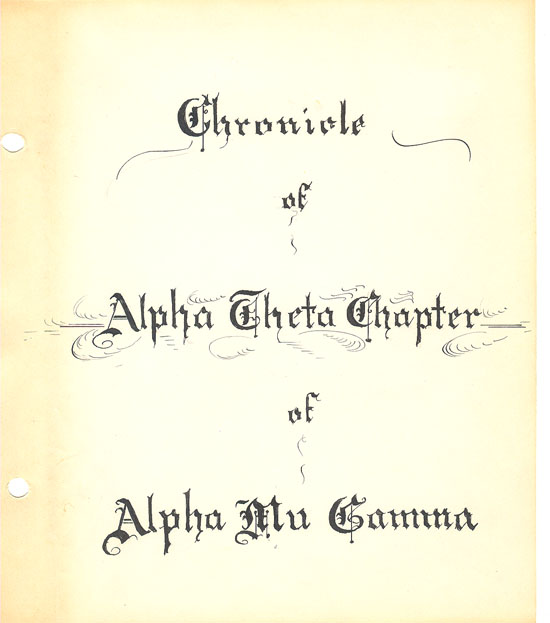
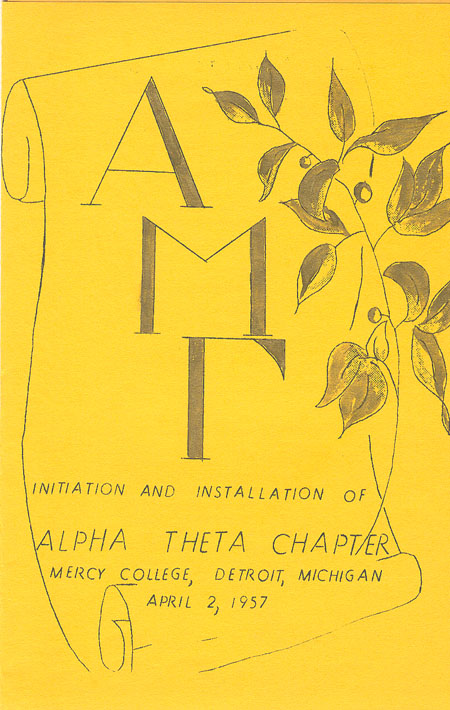
On April 2, 1957, the charter members of the Alpha Theta chapter of Alpha Mu Gamma were installed at Mercy College in Detroit.
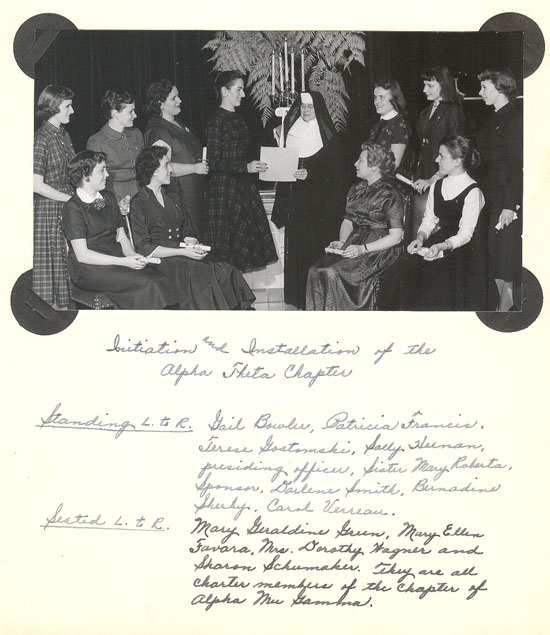
The charter members initiated:
French: Miss Mary Ellen Favara, Miss Mary Geraldine Green, Mrs. Dorothy Wagner
Italian: Miss Sharon Schumaker
Spanish: Miss Gail Bowler, Miss Patricia Francis, Miss Therese Gostomski, Miss Bernadine Sherby, Miss Darlene Smith, Miss Carol Verreau
Not sure what the requirements were for the very first group to become a member of the Alpha Theta Chapter, but there is in the file a listing of what potential members needed to do in 1962 to be accepted into Alpha Mu Gamma:
1. Each candidate must memorize:
- the names and terms of the first officers of Alpha Mu Gamma
- the Greek alphabet
- the names, locations, and sponsors of the first ten chapters of Alpha Mu gamma plus that of Alpha Theta chapter
- the date of writing and the dates of revision of the constitution
- Article 2 of Alpha Theta’s constitution
- an excerpt in the language which the candidate is studying
2. Each candidate must wear a costume on Monday, May 7, 1962, which represents the language she is studying.
3. Each candidate is to wear a ribbon until date of induction. This ribbon will be given one week before induction.
[All the material they were required to memorize, was listed on the same pages listing what they needed to memorize.]
Some of the activities the Mercy College chapter included;
- Books for Asia drive (in 1970 contributed 925 books, came in third place!)
- Co-sponsored a Christmas party and open house featuring a multi-lingual sing-along, a pinata, and a feast of ethnic goodies
- Marked National Language Week by hosting 300 students and teachers from the Metropolitan Detroit area at a Foreign Language Festival. There were awards given in foreign language skills contests while non-contestants viewed films and took part in games.
- Recorded on tapes a Spanish book to be used by a blind teacher.
- Brought in guest speakers to give lectures on various topics.
There is nothing in the file dated any later than 1975. I can only guess that a lack of interest and/or perhaps low enrollment in the language classes probably ended the Mercy College chapter.
